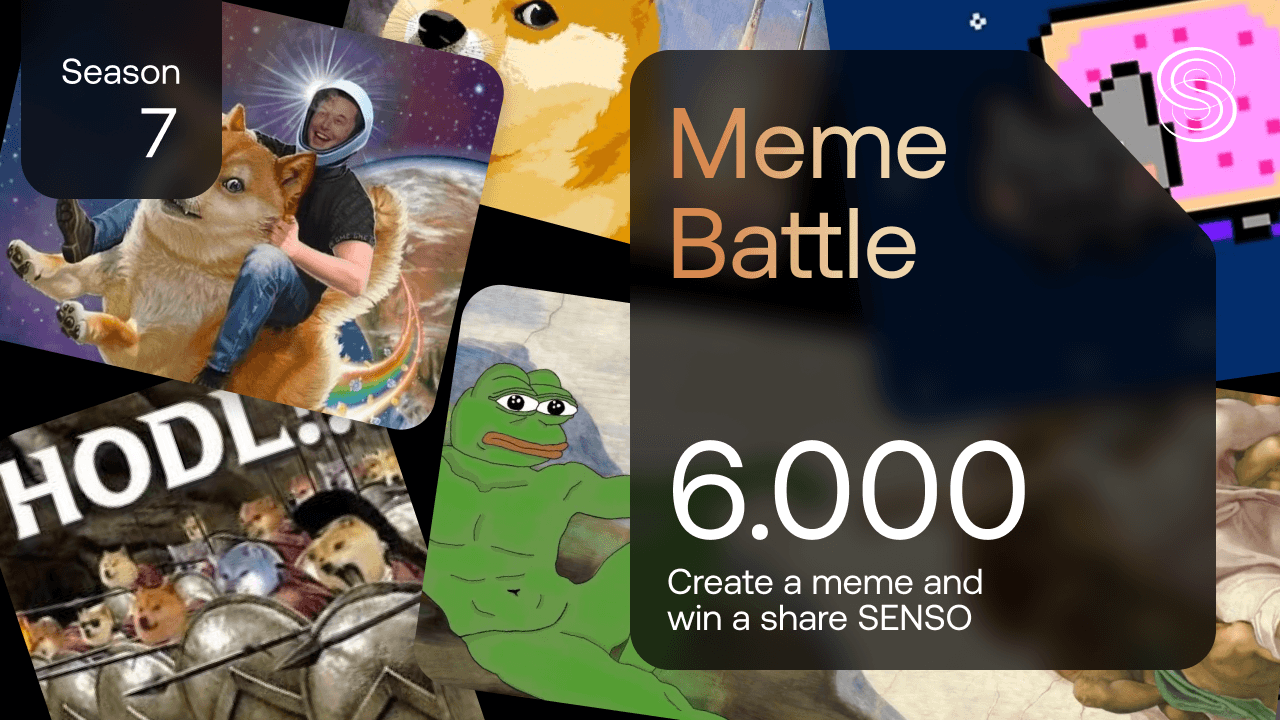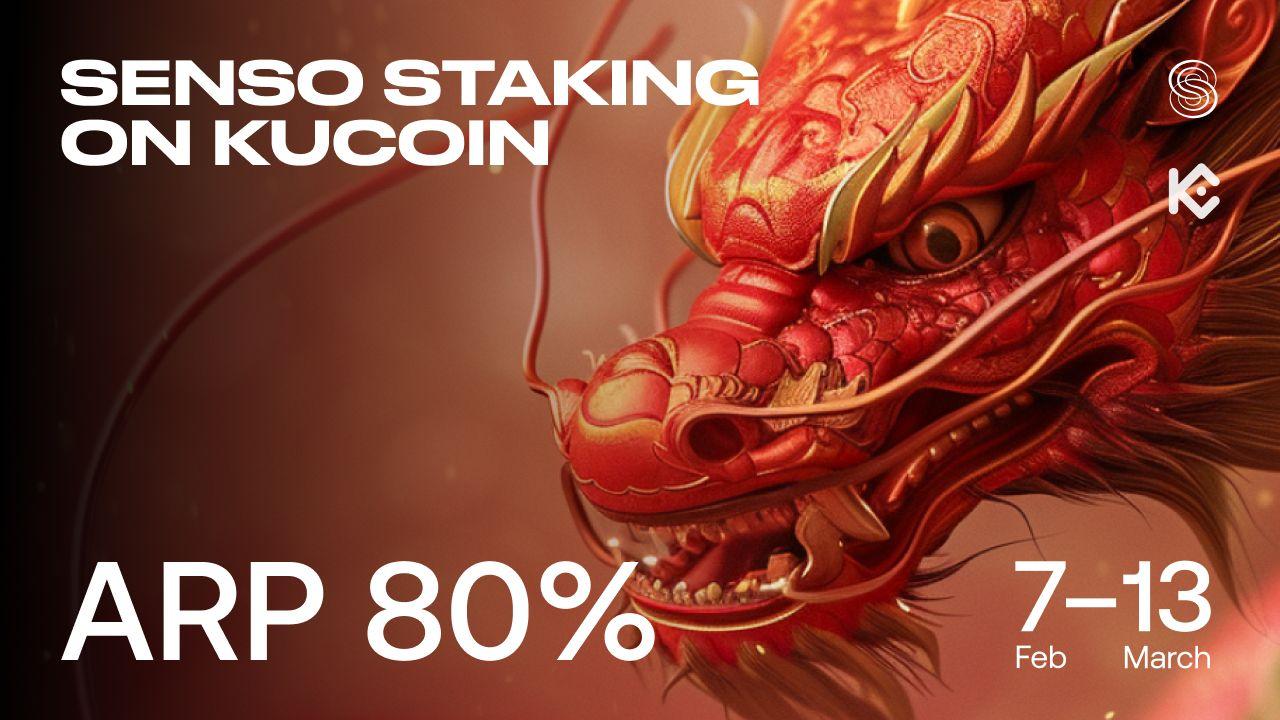There is a reason why NFT was chosen as World of the Year for 2021 and it probably has to do with the fact that none of us could escape from hearing about it last year. And given all the hype, we bet that you already have some understanding of what’s going on with crypto and NFTs. You might even feel tempted to get yourself a few non-fungible in the hopes of striking gold. After all, there are children out there making millions of dollars with their NFT creations so why not cash in, too? The market is definitely soaring like never before as evidenced by the sales volumes of OpenSea, the largest NFT market in the world, smashing all-time records right at the start of 2022. So, with things looking this bright (at least for now), maybe it’s time to jump in on the action and learn how to invest in NFTs. In this guide, we will walk you through the simplest ways of identifying a good NFT investment, how to buy a token and what you should keep in mind if you want to make sure that you’re making a sound choice.
What is an NFT?
First, a quick refresher of what actually is an NFT. A non-fungible token (or NFT) is a digital proof of ownership that allows you not only to prove that an item is yours, but that is also one-of-a-kind. Because NFT transactions take place on blockchains, provenance, authenticity and ownership can be tracked and proved at all times. It’s sort of like having a receipt that proves that you’re the rightful owner of an item of which only one exists in the whole world. NFTs can represent pretty much anything like GIFs, memes, sports collectibles or music clips. Anything that can be considered a uniquely identifiable asset, whether it’s physical or digital, can be NFT-ed. Having proof of ownership in a digital world where, until now, it was so easy to simply copy, download or replicate content, it’s proving to be a game changer - and people are starting to take notice of the massive potential it brings.
What to keep in mind before buying an NFT?
Not all NFTs are made the same. The vast majority of NFTs are minted on the Ethereum blockchain. However, Ethereum’s proof-of-work consensus mechanism has faced some problems and widespread criticism over issues like network congestion and the high gas fees it charges, making it a less attractive proposition when compared to other blockchains like Solana, which is faster and cheaper. Before knowing which NFTs to invest in, it’s worth bearing this in mind as it will have an influence over which digital wallets to use, what marketplaces to browse, what kind of NFTs could be on offer, etc. Another key thing to consider is whether you’re looking to invest in an NFT collection or a standalone NFT. Collections like CryptoPunks will have a set template as the starting point, but then each NFT minted will feature different traits and characteristics. This is a model that appears to have resonated with the crypto community.

This is a model that appears to have resonated with the crypto community. But if you’re looking for something different and under-the-radar, there are plenty of NFT mints happening all the time. You can check platforms like Rarity Tools and Upcoming NFT Art to keep track of the most exciting up-and-coming NFT drops. Getting in early and buying an NFT at mint and at the initial offering price is a strategy favored by many who don’t have the millions to shell out for a Bored Ape NFT and are looking for newly-minted tokens that can be flipped for a higher price once they’re listed in a secondary market.
How to know which NFTs are the best to invest in?
Despite pulling in billions in sales, the NFT industry is a relatively new one and there are no hard-set rules when it comes to choosing investable NFTs and knowing which projects are likely to explode in the future. However, there are a few aspects that could help you identify a good NFT project:
Type of NFT: In the realm of digital art, non-fungible tokens will typically be part of a collection like the CryptoPunks or The Bored Ape Yacht Club, or they can be a standalone item. This is a relevant feature that can have an impact on the price (and future value) of your NFT. We’ve seen some projects reach mainstream recognition and gain star-backing, thus driving up prices in contrast to smaller and largely unknown NFTs collections.
Uniqueness of the art: This might be more of a subjective point but a successful digital artwork NFT will typically be visually appealing and have a (supposed) broad market appeal. Again, beauty is in the eye of the beholder, but some soft observation skills will undoubtedly be helpful for any would-be investor.
Rarity: When it comes to investing in NFTs, a good strategy is aiming for the rarer tokens as they will, in principle, hold their value overtime. There are several platforms like Rarity Tools that will help you calculate the rarity of an NFT. Rarity Tools in particular says that “the total Rarity Score for an NFT is the sum of the Rarity Score of all of its trait values”. The platform relies on the following formula to calculate the Rarity Score of a given trait:
Rarity Score for a Trait Value = 1 / ([Number of Items with that Trait Value] / [Total Number of Items in Collection])
For those interested in Solana NFT projects, there are platforms HowRare.is and Rarity Sniper.
Team: An NFT project should be transparent about its team members and include relevant information about them. Some of the best NFT projects are headed by veteran digital artists and established members of the crypto industry, which no doubt lends reputation and credibility to their creations.
Community engagement: A great pointer to a good NFT project is how involved its community is. The top NFTs will have a discord channel, a blog or some other type of forum where buyers and sellers will discuss their NFTs.
Supply and holder distribution: dividing the number of available NFTs by the number of holders will show you a holder distribution ratio. Ideally, this should be a low number. You don’t want to see a small number of people holding a high number of NFTs as they could potentially influence the market (and lead to a price fixing situation).
Roadmap: A healthy NFT will be a part of a project with a clear strategy and path forward. Looking at the NFT artist or developer’s roadmap could provide some insights as to how likely the project is to be successful in the future.
Frequency of sale: Another metric that gives investors a birds-eye view of an NFT is the frequency sale as it will help identify past and present interest for an NFT or collection of NFTs.
Floor price: This refers to the lowest price at which an NFT can be purchased. Tracking floor prices can be an indicator of how popular (or not) an NFT has become during a period of time. This doesn’t mean that a digital token will hold its value in the future, but it doesn't hurt having one more piece of data when analyzing NFTs. A marketplace like OpenSea will display such stats along with an NFT, while investors might want to use a platform like Solana Floor for Solana-based NFTs.
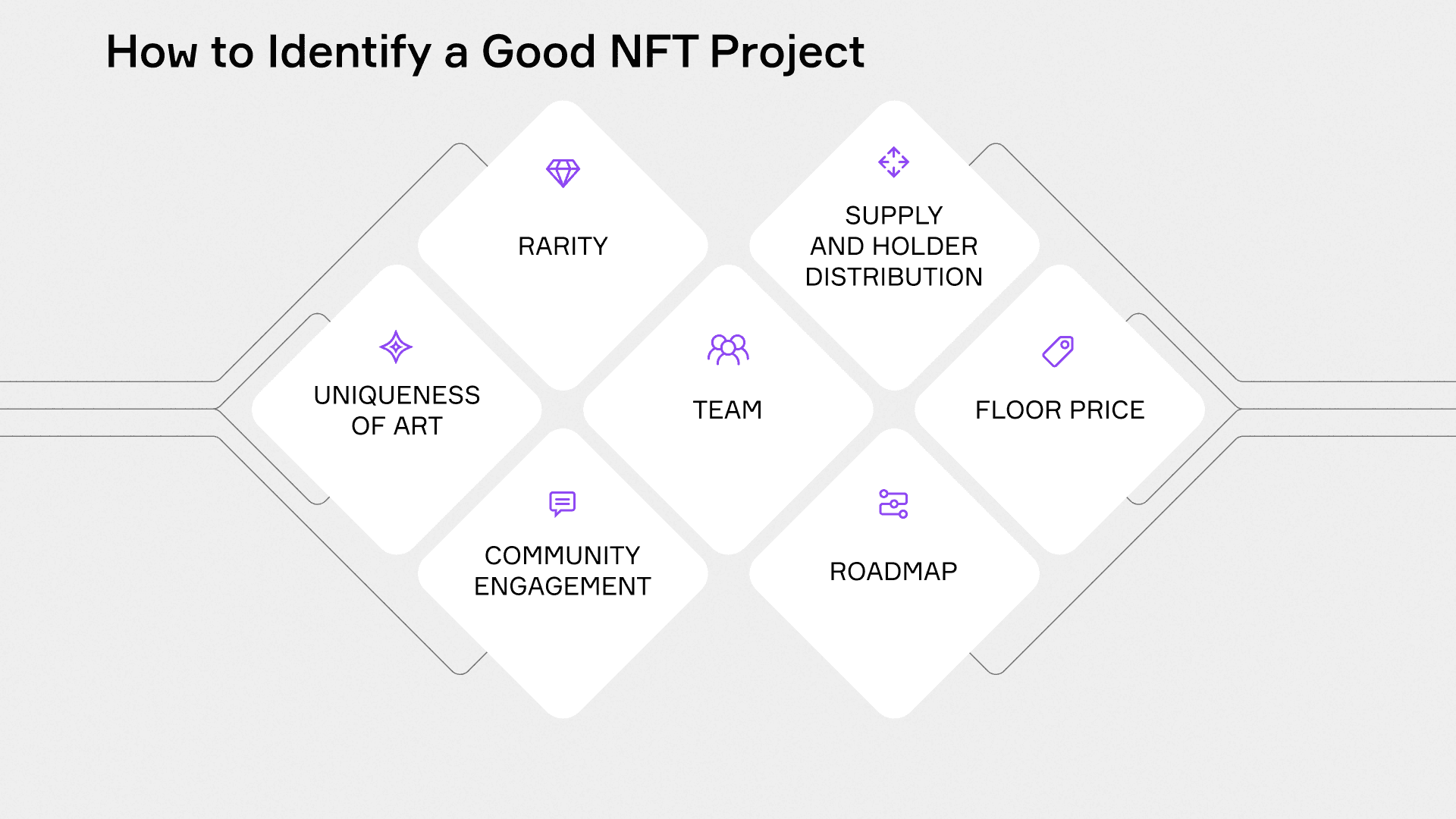
How to buy NFTs - Step-by-step
Ok, you’ve made this far, you’ve done your research and you’re ready to dive in. The good news is that purchasing your first NFT is actually much easier than you might think. Here’s a quick and easy breakdown:
STEP 1: BUY ETHEREUM

Before you buy any non-fungible token, you’ll need money to do it. Obvious enough. What you’ll want to do is find a trusted cryptocurrency exchange like Coinbase or Binance and get yourself some ETH, since most NFTs are Ethereum-based tokens. As such, most NFT marketplace will require you to have ETH. Worry not, this should be a fairly easy and straightforward process.
STEP 2: SET-UP AND CONNECT YOUR DIGITAL WALLET

You might have ETH but you’ll have to keep it somewhere, just like you keep your real-life money in a wallet. You can open a digital wallet through platforms like MetaMask. Once you’re done, you’ll transfer the ETH you bought earlier to this cryptocurrency wallet by simply using the address attached to it. Once your MetaMask wallet is loaded, you’ll be ready to start browsing for NFTs to buy. For Solana-based NFTs, you might consider checking out Phantom, where the process of loading your wallet will be pretty much the same.
STEP 3: FIND AN NFT TO BUY
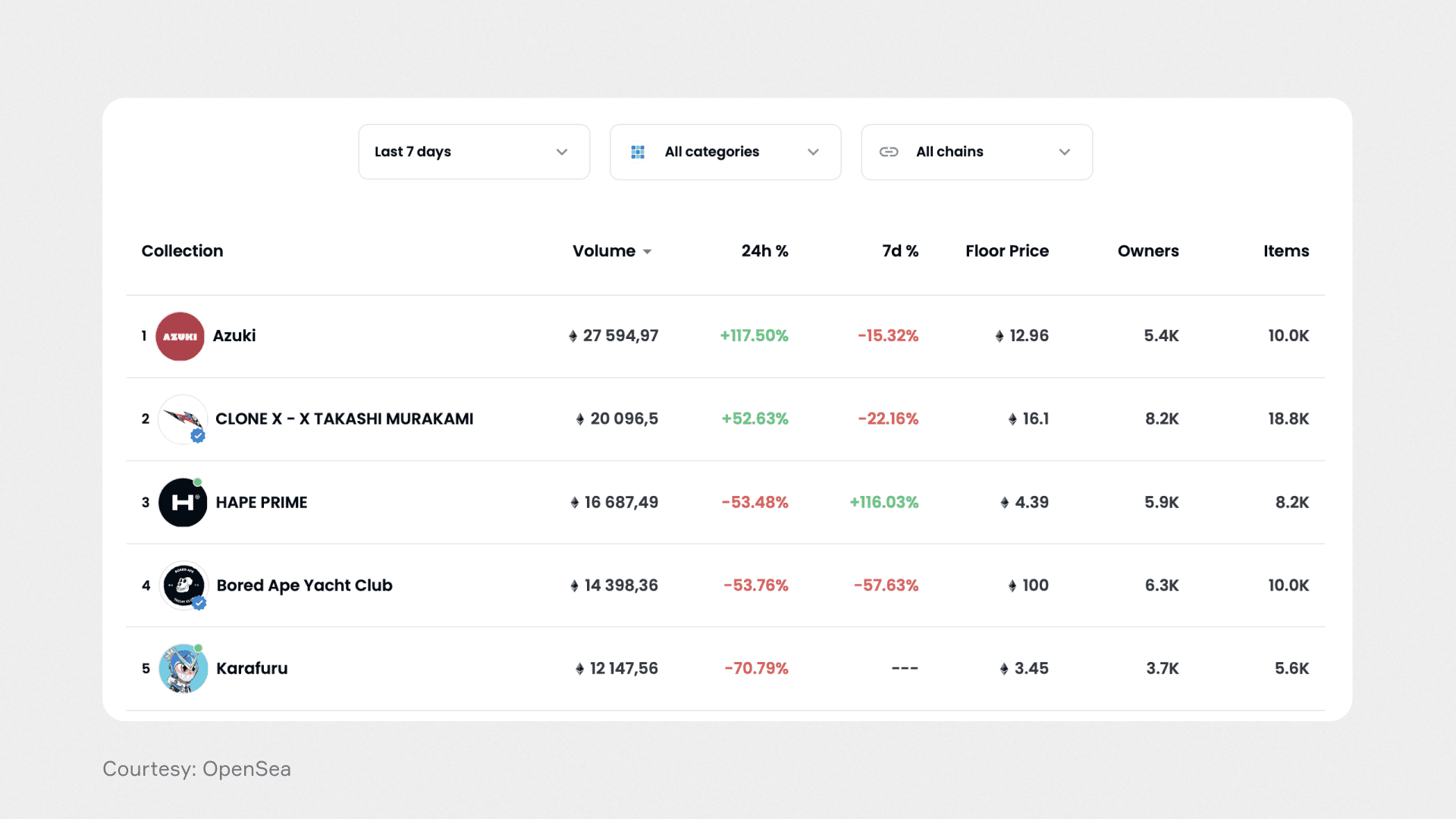
You’re all set and ready to go. But where to actually find the best NFTs to invest your money in? You might want to start by checking out the largest NFT marketplaces like:
- OpenSea
- SuperRare
- Rarible
- NBA Top Shot
- NiftyGateway
- Magic Eden (for Solana NFTs)
A good move at this stage is always comparing marketplaces and our guide to the best NFT marketplaces can be a helpful starting point.
STEP 4: PLACE A BID AND BUY YOUR NFT
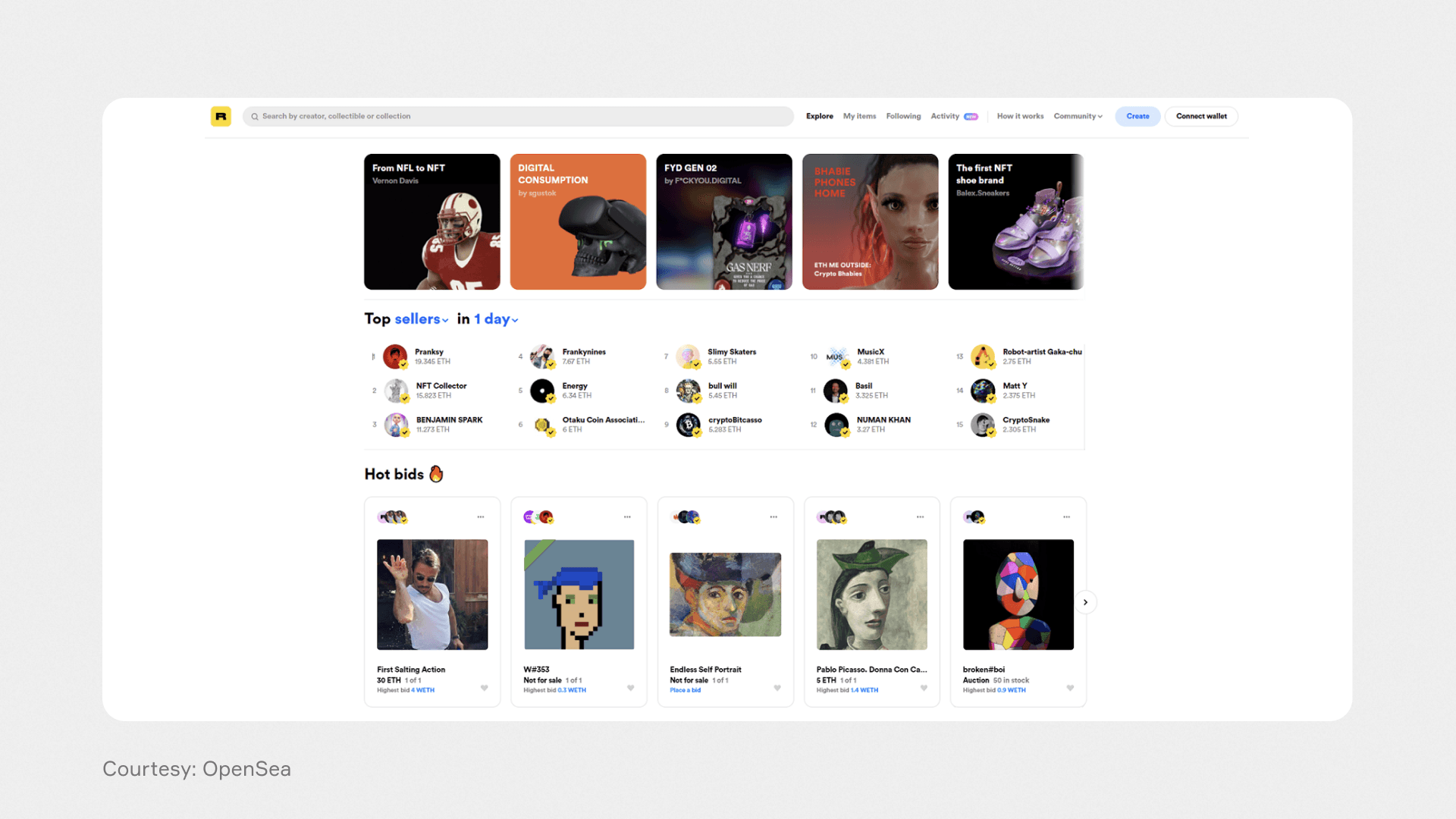
You looked at NFTs, compared them, placed a bid and you’re ready to seal the deal. NFT marketplaces are usually very intuitive and once you’ve connected your digital wallet, the actual purchase should be quick and safe.
And that’s it. Really, we told you it was that simple, didn’t we?
Risks of investing in NFTs
As a parting note, we have to highlight the fact that just like with any other asset class, investing in NFTs and digital assets is not without risk. We’re all aware of the old saw that supposedly captures the ultimate investment advice: “buy low, sell high”. While that might work in the stock market, it’s not necessary advice you might want to heed when it comes to crypto. There are multiple factors at play when trading NFTs, but for starters calculating the intrinsic value of one such token is a tall order. Rarity alone is a poor criteria at best and a foolish one at worst. So, what is to say about the perceived uniqueness of the art of an NFT, its floor price or any of the other indicators mentioned before? In the end, those can be seen more as pointers rather than factors predictive of future events. And then there’s the issue of market manipulation, which seems to have become a growing problem. All of this isn’t to say that non-fungible tokens aren’t an investment worth making. But before investing, it would be advisable that you do some market research about your NFT market of choice and more importantly, not invest money you’re not prepared to lose.



